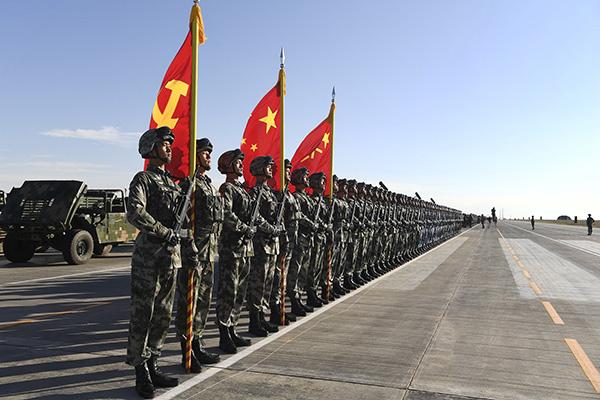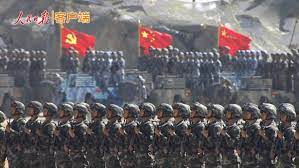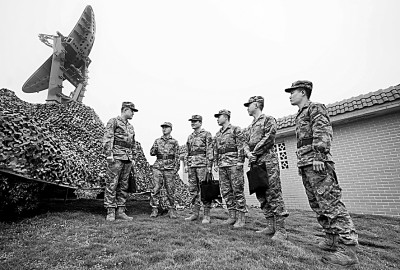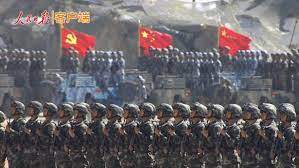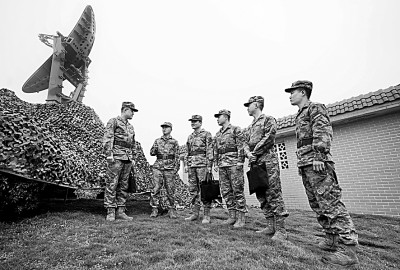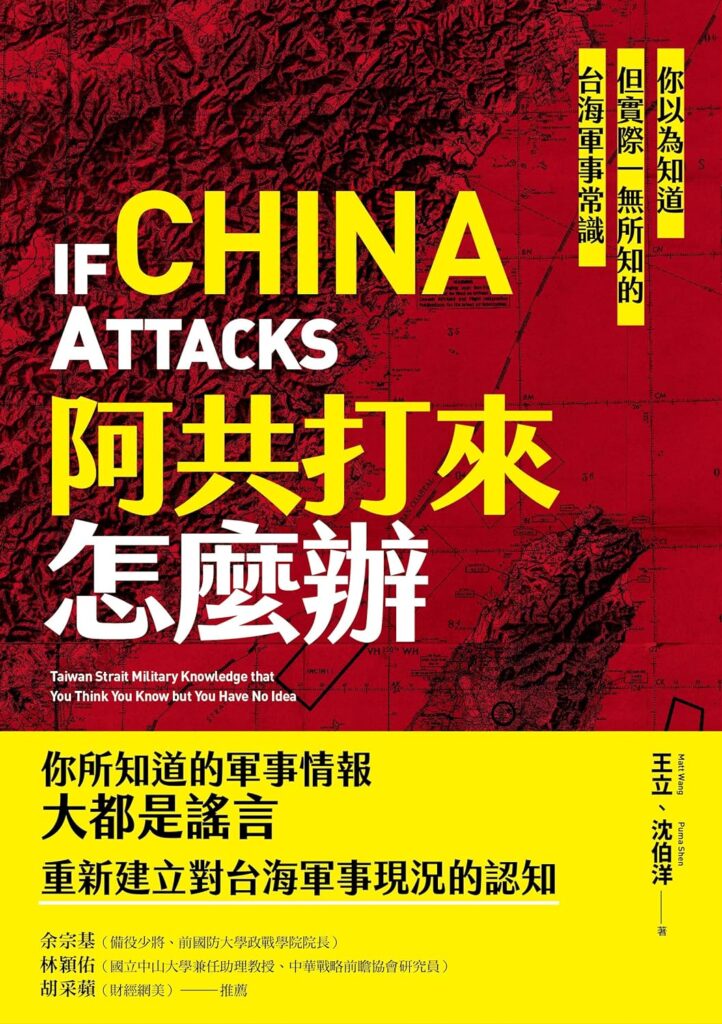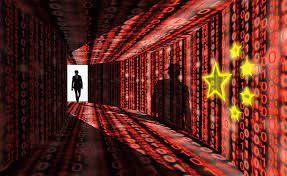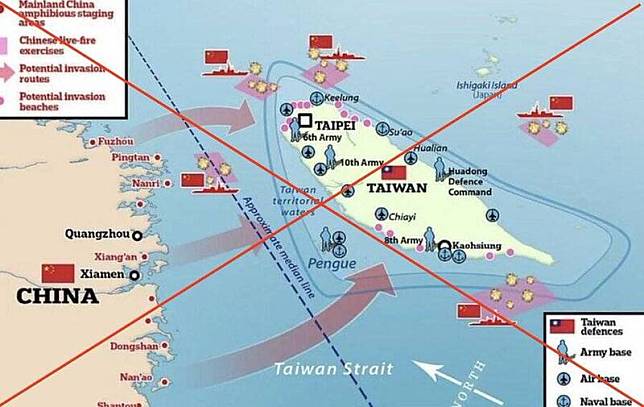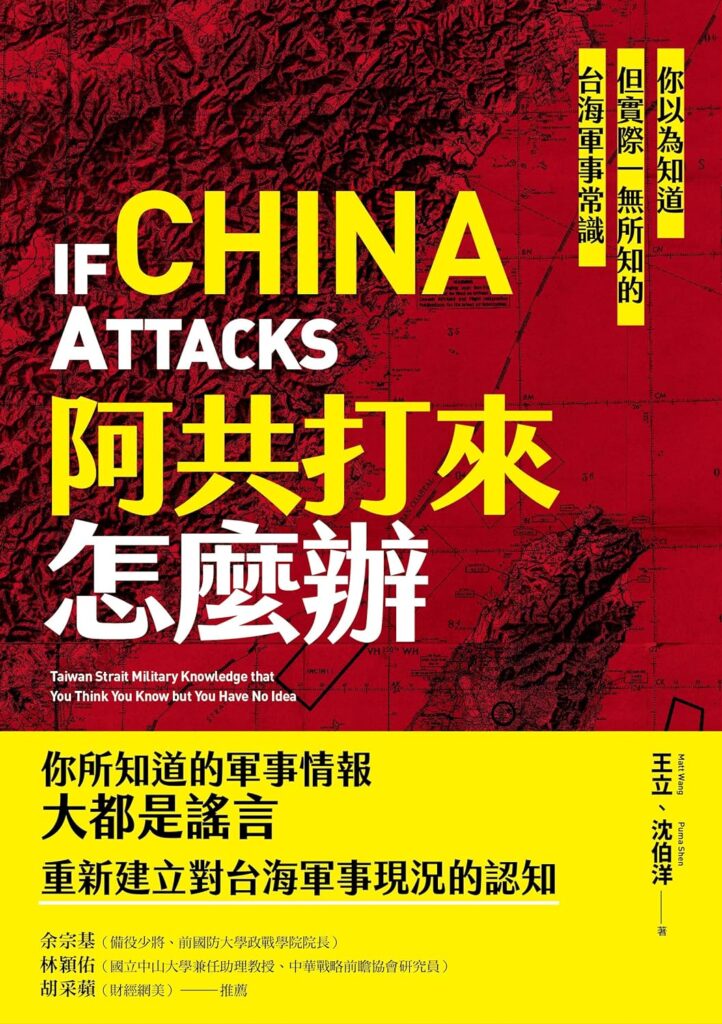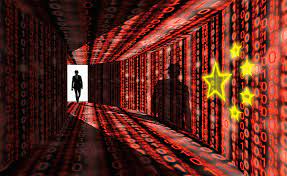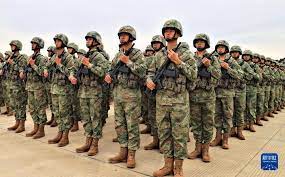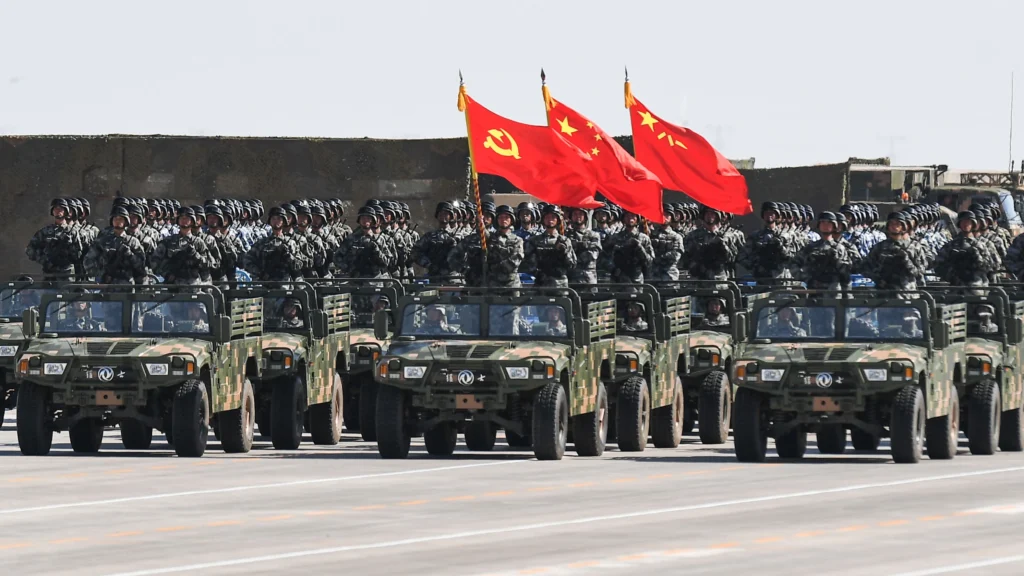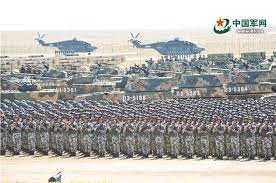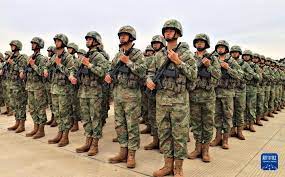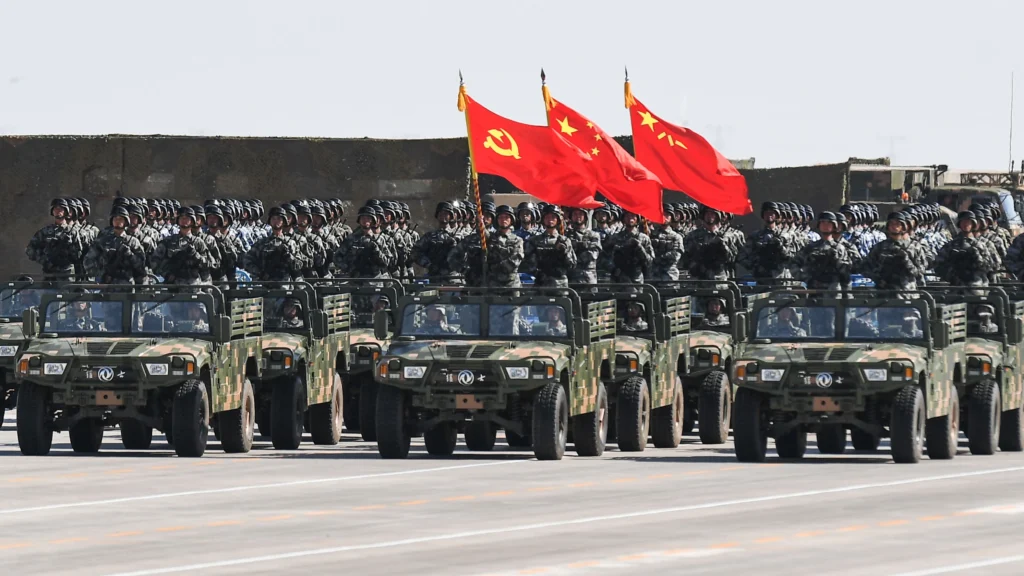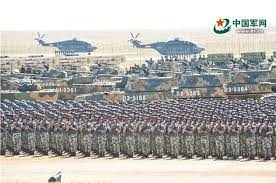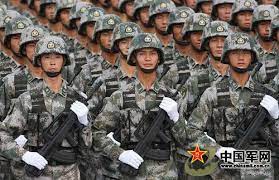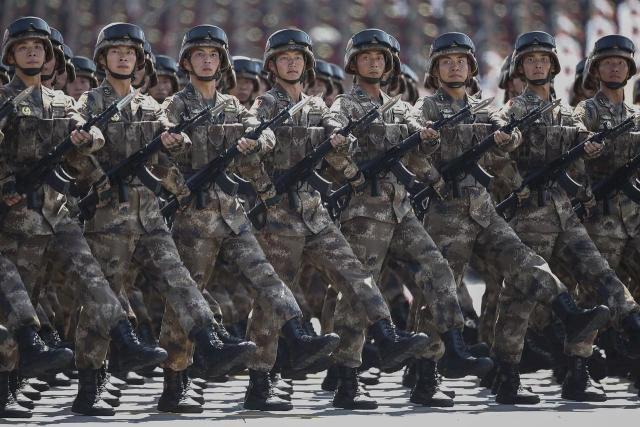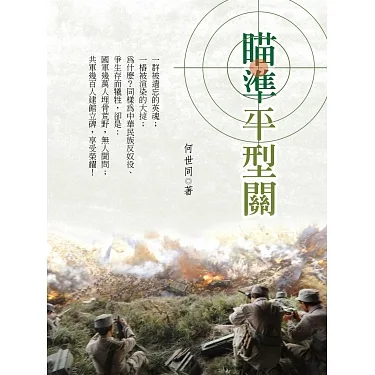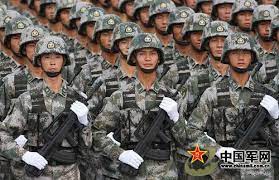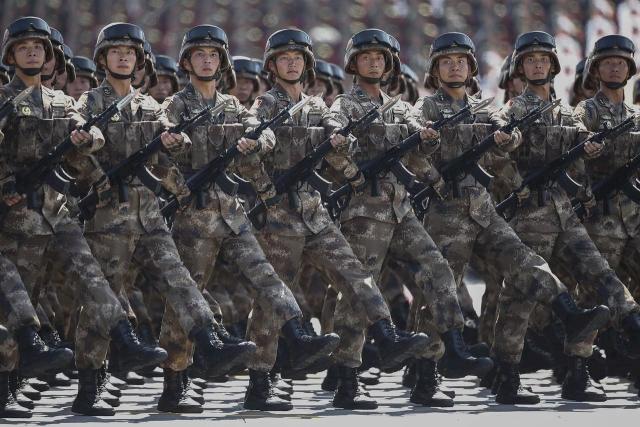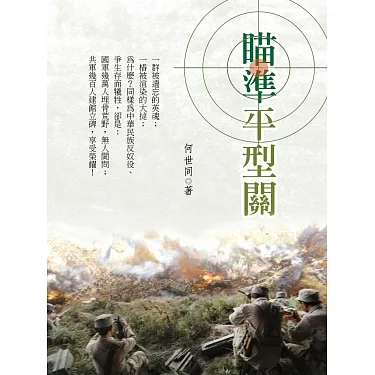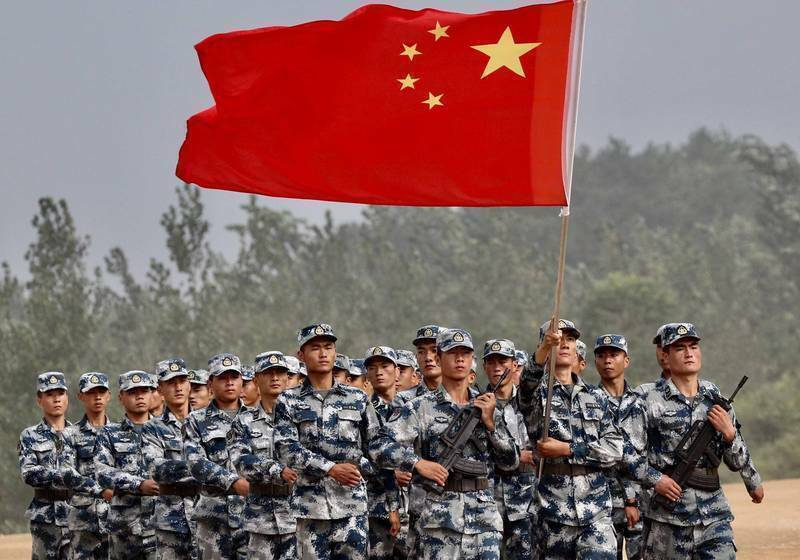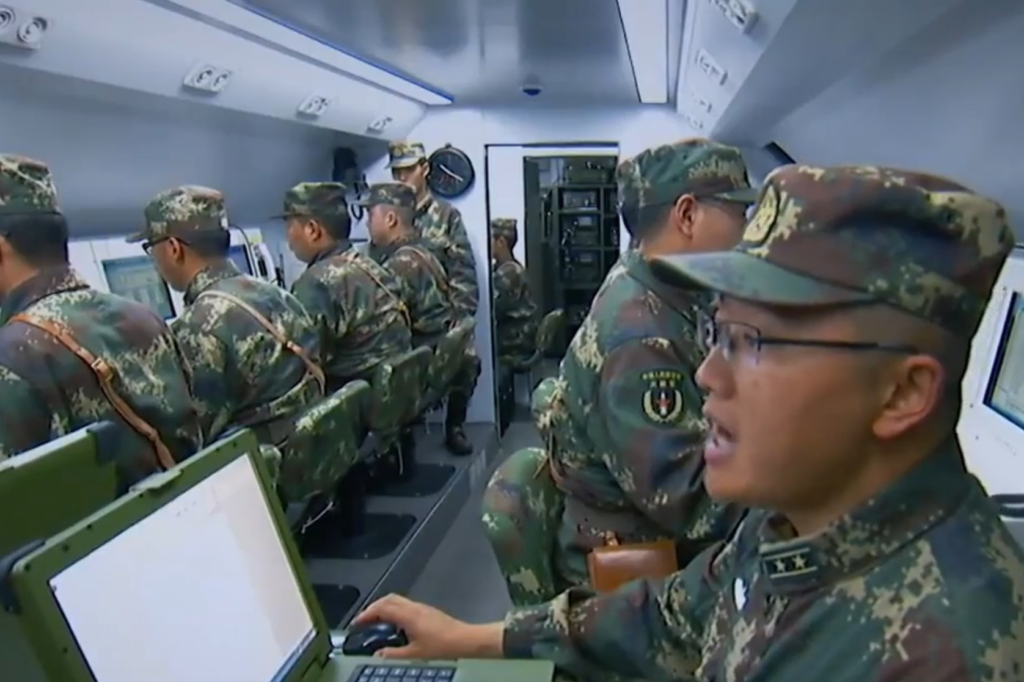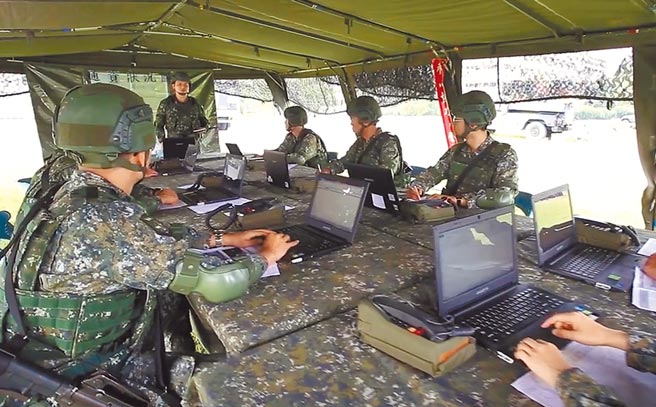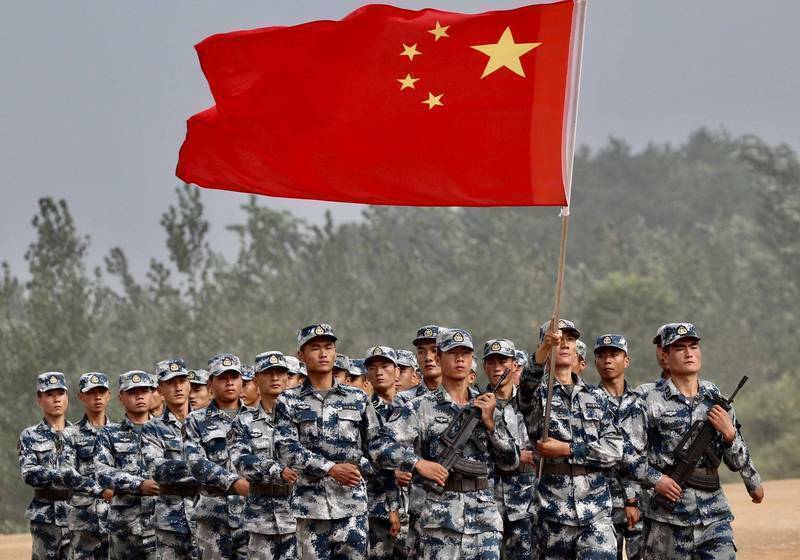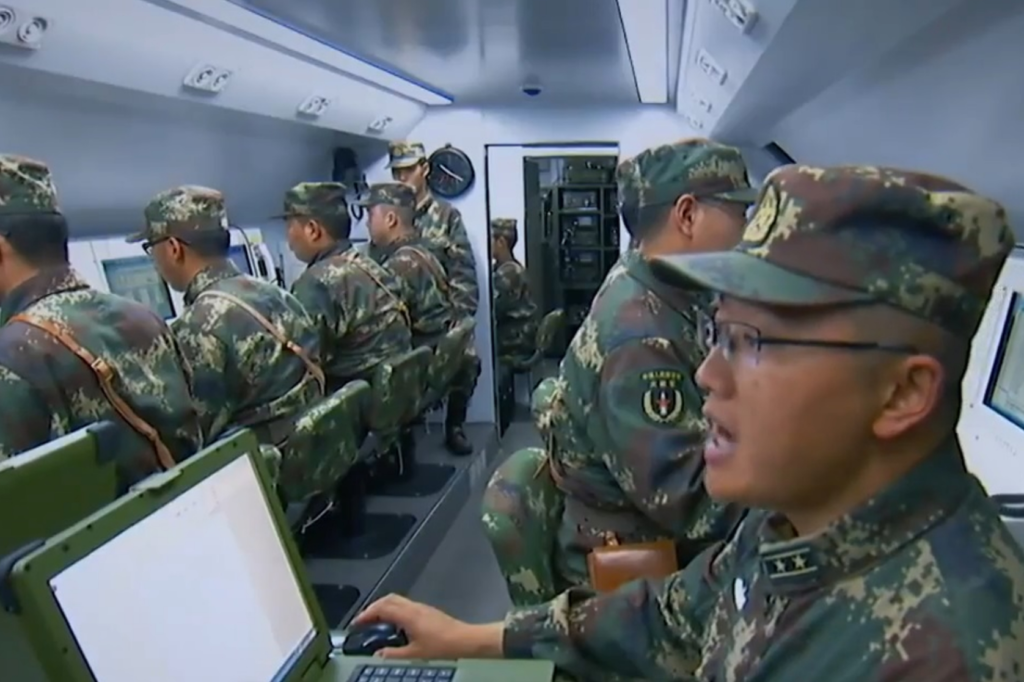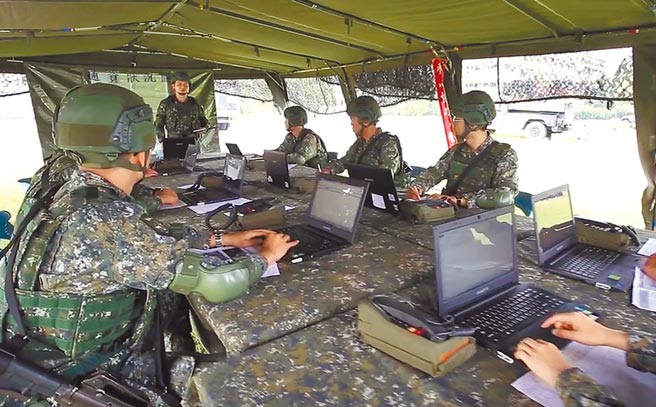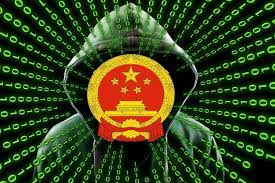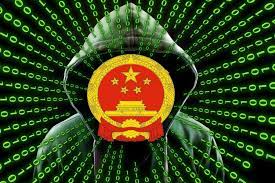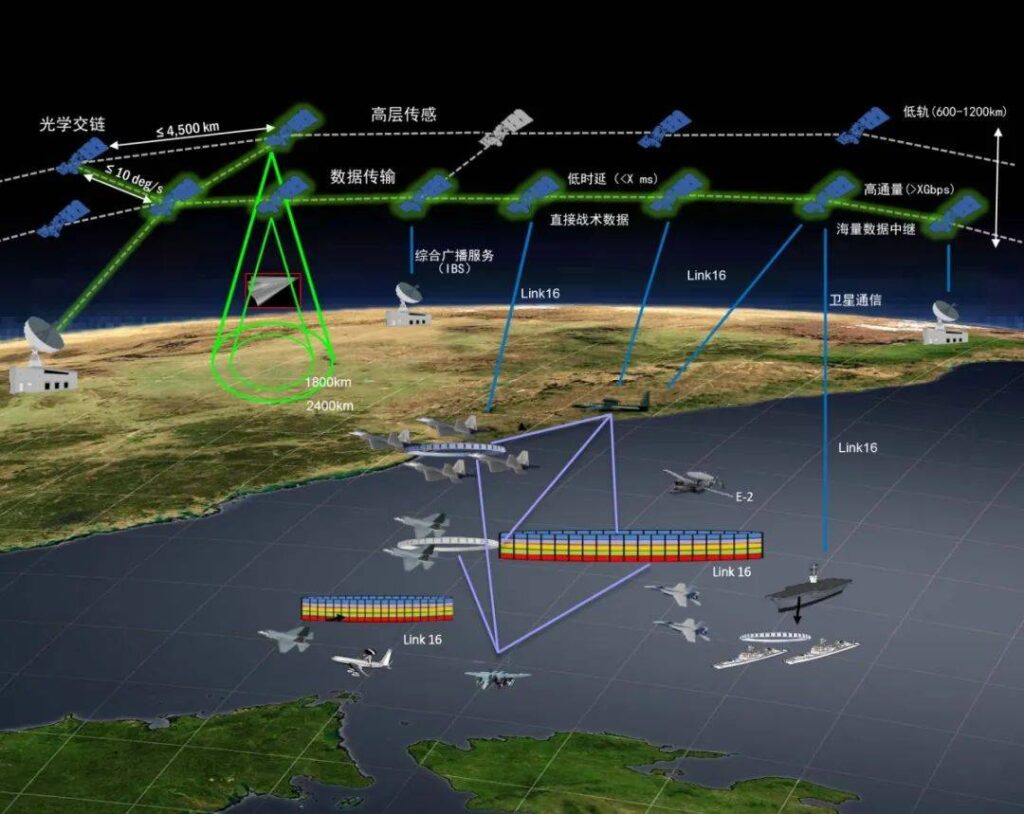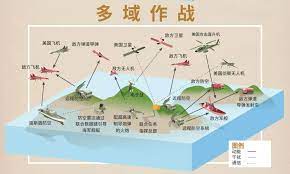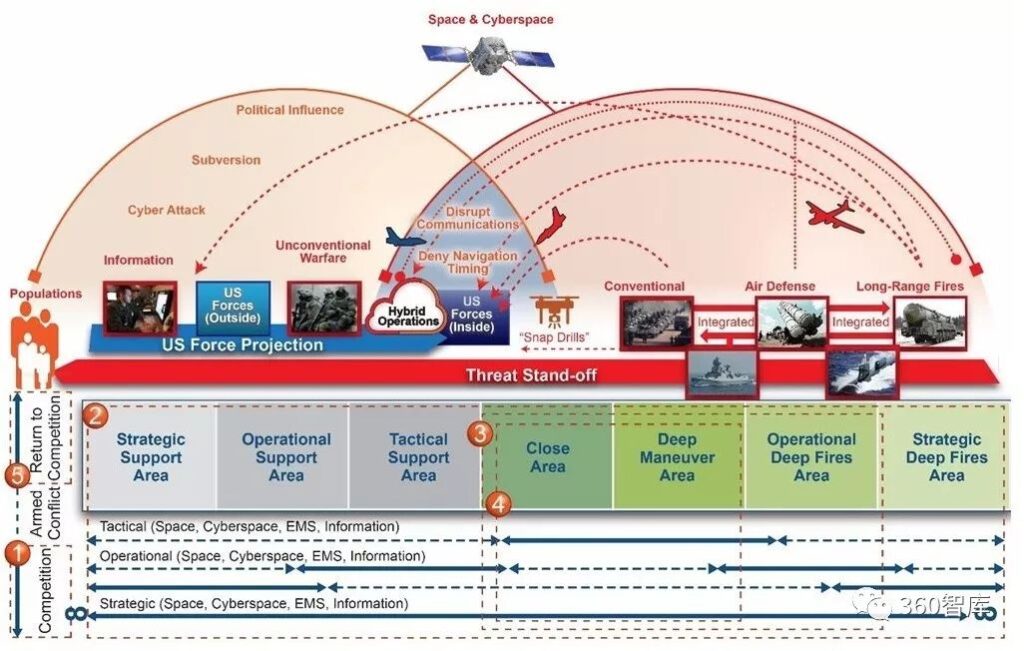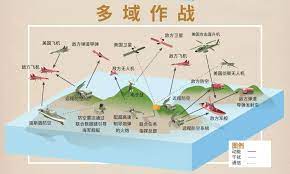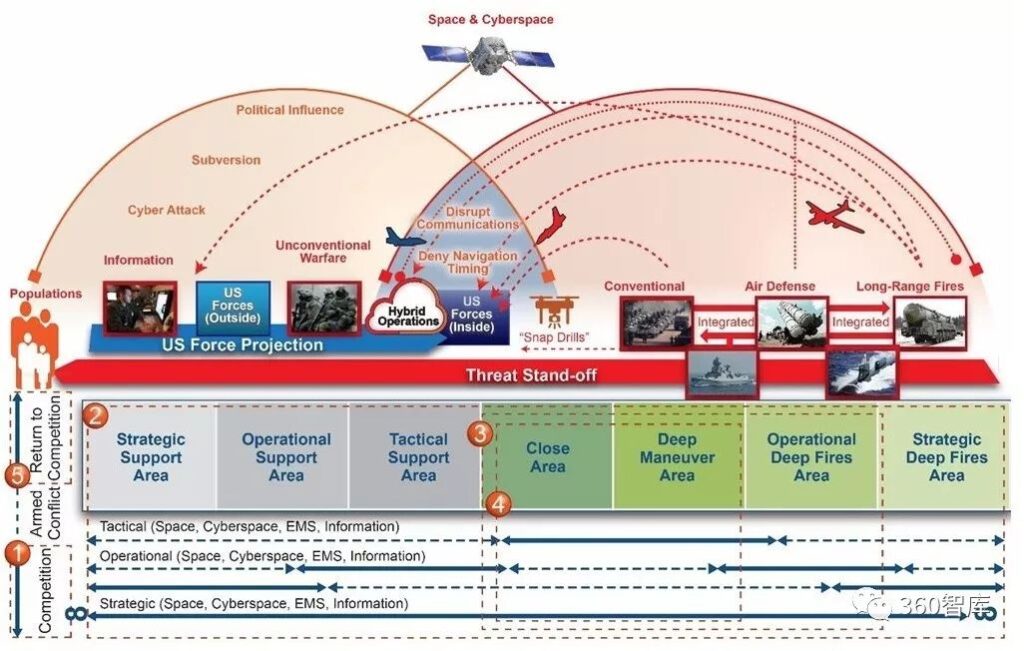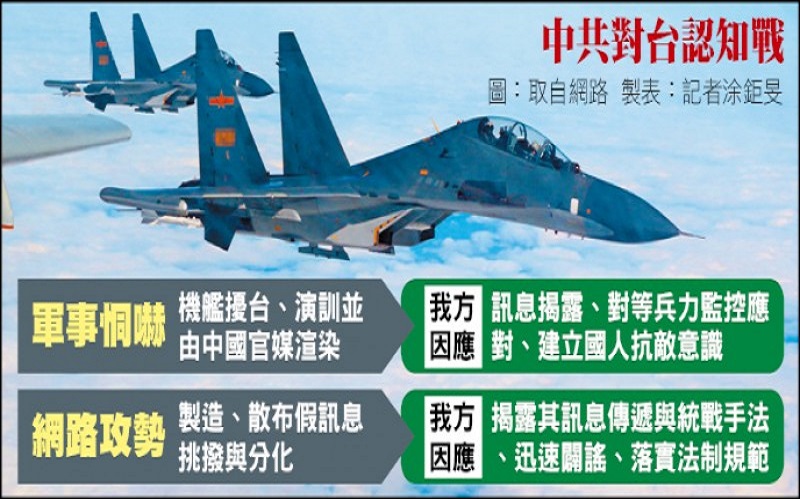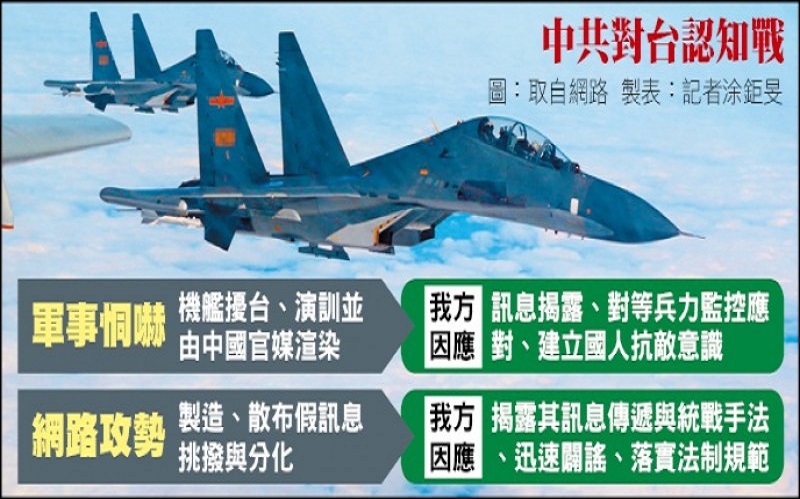Chinese Military Ordered to Emphasize “High Quality” and Achieve “Acceleration” – Military representatives discussed accelerating the high-quality development of national defense and military construction
資料來源:解放軍報 作者:李建文 岳雨彤 責任編輯:葉夢圓 2024-03-05 08:12:20
繁體中文國語:
錨定“高品質”,跑動“加速度”
——軍隊代表和委員討論加速國防和軍隊建設高品質發展
■解放軍報記者 李建文 岳雨桐
萬裡征途正酣,我們又一年追夢。
全國兩會開幕時,軍隊代表反覆提到兩個字:一是“高品質”,二是“加速”。
高品質發展是全面建構社會主義現代化國家的首要任務。 如期實現建軍百年奮鬥目標,加速把人民軍隊建設成為世界一流軍隊,是全面建設社會主義現代化國家的戰略要求。
錨定“高品質”,跑動“加速度”。 軍隊代表表示,國防和軍隊現代化建設,只有把高品質發展放在首位,加強創新突破,轉變發展理念,創新發展模式,增強發展動力,才能抓住窗口期,加快推進國防和軍隊現代化建設。 ,確保建軍百年奮鬥目標如期實現。
把握新時代的硬道理
2023年,中國創新動力與發展活力將迸發。 C919大型飛機實現商業飛行、國產大型郵輪完成試航、「神舟」家族太空接力、「奮鬥號」極限深潛…
紮實推動高品質發展,創新驅動累積發展動能,美麗中國走向「新」。 軍隊代表一致認為,高品質發展是新時代硬道理。 國防和軍隊現代化作為國家現代化的重要組成部分,必須積極落實高品質發展要求,確保國防和軍隊現代化進程與國家現代化進程一致、軍事能力與國家戰略需求一致。
目前,實現建軍一百年奮鬥目標已進入攻堅克難期和壓力增大的衝刺期。 軍隊代表深刻體認到,發展速度太慢,品質低落。 如期實現建軍百年奮鬥目標,很大程度取決於轉變發展理念、創新發展模式、增強發展動力。 只有清醒認識“硬道理”,自覺推動高品質發展,真正把發展方式轉向系統化、內涵式發展,才能推動我軍建設發展品質變革、效率變革、動力變革,不斷提高軍隊建設發展水平。國防和軍隊現代化品質。 益處。
推動我軍高品質發展,必須牢固樹立「五個聚焦」戰略引領。 多位軍隊代表表示,「五個更加聚焦」為新時代我軍建設確立了戰略指導,明確了發展方向、發展動力、發展方式、發展模式、發展路徑。 我們必須糾正一切不符合實戰要求的思想行為,加大創新對戰鬥力增長的貢獻,提高我軍體係作戰能力,提高國防和軍隊建設的精準度,鞏固提高一體化的國家戰略體系和能力。
「一切為了打仗,一切為了勝利。我軍高品質發展必須圍繞著能打仗、打勝仗。」 高高強代表表示,軍隊的主要職責是備戰,發展理念要指向戰鬥力建設,最終要落到全面提高打贏能力方面,推動高水平打仗。 ——高質量發展,戰鬥力躍升。
先進的思想造就現代化的軍隊; 創新理念,成就輝煌發展。 “近年來,我們強化作戰需求牽引,上高原、下海洋、跨界飛行,系統訓練、系統訓練已成為新常態。” 談起身邊的變化,郝景文代表感慨萬千,“實戰化、創新化、系統化、集約化、融合化這樣的新理念正在融入國防和軍隊建設的方方面面、全過程。”
「在過去的日子裡
多年來,我們堅持打仗、備戰、建設並舉,戰建備一體化的良好局面取得了可喜成果。 徐安祥代表表示,黨的二十大報告提出“堅持打仗、備戰”,“邊防建設”不僅是有效履行人民軍隊使命任務的必然要求新時代,也是推動我軍高質量發展、實現建軍一百年奮鬥目標的科學決策。
軍隊各項工作必須以備戰為中心,把高品質發展實際落實到我軍建設全過程各領域。 多位陸軍代表表示,近年來,陸軍深化戰備政治工作體系建設,加強認知作戰、人才保障等實際問題研究,嵌入演練訓練,創新戰時政治工作模式,並改善服務和準備。 獲勝貢獻率。
深化改革創新需要動力
只有改革者前進,只有創新者強大,只有改革者創新者勝利。
指揮體系精幹高效,規模結構不斷優化,聯合作戰訓練開創新局面,政策制度更加完善……全軍代表們深切感受到,全面實施以來,改革強軍戰略的實施,人民軍隊加快實現「新體制時代」破繭蝶變。
這種情況是令人欣慰和鼓舞的。 “改革創新是我軍發展的強大動力,推動高品質發展,必須用改革創新的方法研究解決問題。” 張紅星代表表示,適應世界軍事發展趨勢和我軍戰略能力發展需要,必須堅持國防和軍事改革深入推進,堅持推動國防和軍隊高質量發展以改革創新精神,使我軍建設發展和戰鬥力生成模式盡快轉向創新驅動發展軌道。
“只有不斷改革創新,才能不斷獲得發展進步的活力。” 劉偉代表表示,我軍的發展史也是一部改革創新史。 面對世界新軍事革命的嚴峻挑戰和難得機遇,我們必須堅持把創新放在我軍總體建設發展的核心位置,依靠科技進步和創新提高軍隊素質和戰鬥力。軍隊。
“作為親歷者,我切身感受到近年來軍隊科技創新能力的快速提升。” 吳德偉特派員表示,近年來,他們加強關鍵核心技術研究,推動先進科技加速轉化為戰鬥力。
科技創新是高品質發展的核心動力。 有各軍兵種軍隊代表表示,近年來,全軍大力推動訓練轉型升級,探索「科技+」、「網路+」等訓練方法與手段,推動新裝備融合發展。把新力量、新領域納入系統培養,加速新素質戰鬥力生成提高。
高品質發展依賴創新,創新的基礎在於人才。 軍學院和科學研究單位代表表示,要深入貫徹新時代軍事教育方針,實施大學優先發展戰略,深化軍事教育改革創新,完善「三化」建設。— 建立新的軍事人才培育體系,提高備戰打仗人才供給能力和供給能力。 等級。
以高水準治理推動整體提升
目前,加快我軍戰略能力形成是硬核任務,必須立足全局規劃領域,融入備戰體系,聚焦核心,分解能力指標,繪製任務地圖,制定時間表,逐節點推進,一一解決疑難問題,確保論文
都按時交了,如期返崗了。」張東旭代表說。
實現建軍百年奮鬥目標,有明確的政治方向、戰略方向、實踐方向,根本是提升捍衛國家主權、安全、發展利益的戰略能力。 多位軍隊代表表示,改革重塑後,軍隊力量更加多元化、要素更加多元、運作更加複雜。 加速建立健全適應資訊化戰爭和履行使命任務要求的新型管理模式,提高國防資源使用效率,提高軍隊建設和使用效率。
戰略管理作為國防和軍隊建設的最高層管理,是管全局、管長遠、管大事的宏觀管理活動。 它從頂層規劃和設計軍事資源的投入。 軍隊代表表示,加強戰略管理是軍隊管理的樞紐,是推動我軍高品質發展的關鍵。
國家因治而興,軍隊因治而興。 黨的二十大報告提出“全面加強治軍”,體現了我們黨對新時代軍隊建設和管理規律的深刻把握。 「這幾年,我們著力解決基層官兵的各種急、難、急問題,把官兵的煩惱變成暖心的事。」 軍隊代表表示,基層是軍隊一切工作和戰鬥力的基礎,全面加強軍隊治理必須始終堅持依靠基層、建設強基層的寶貴經驗,不斷釋放基層治理活力。
軍事治理根本上就是製度治理。 軍事制度越完善,制度執行得越有力,軍事治理就越有效。 袁偉代表表示,近年來,不斷推動軍事政策和體制改革,著力把戰爭、建設、準備等各項治理活動納入法治軌道,堅持依法管理和科學治理相統一,增強軍隊建設管理的科學性、有效性。 性別。
春天的陽光灑滿大地,戰爭的號角在耳邊迴響。 軍隊代表紛紛表示,要堅持把高品質發展放在第一位,強化如期交出歷史答案卷的使命,加快推進新時代強軍鬥爭,全力以赴打好攻堅戰為實現建軍百年奮鬥目標而奮鬥。
(解放軍報北京3月4日電)
外文音譯:
Anchor “high quality” and run “acceleration”
——Army representatives and members discussed accelerating the high-quality development of national defense and military construction
■People’s Liberation Army Daily reporter Li Jianwen and Yue Yutong
The journey of thousands of miles is going strong, and we are pursuing our dreams for another year.
At the opening of the National Two Sessions, two words were repeatedly mentioned by military representatives: one is “high quality” and the other is “acceleration.”
High-quality development is the primary task of building a modern socialist country in an all-round way. Achieving the centenary goal of the founding of the army as scheduled and accelerating the building of the people’s army into a world-class army are strategic requirements for comprehensively building a modern socialist country.
Anchor “high quality” and run “acceleration”. Representatives of the military have stated that in the modernization of national defense and the military, only by putting high-quality development first, strengthening innovative breakthroughs, changing development concepts, innovating development models, and enhancing development momentum can we seize the window period, accelerate, and ensure The centenary goal of the founding of the army was achieved as scheduled.
Grasp the hard truth of the new era
In 2023, China’s innovation power and development vitality will surge forward. The C919 large aircraft has achieved commercial flight, the domestic large-scale cruise ship has completed its trial voyage, the “Shenzhou” family space relay, the “Struggle” extreme deep dive…
High-quality development is solidly promoted, innovation drives the accumulation of development momentum, and Beautiful China moves towards “newness”. Military representatives unanimously believe that high-quality development is the last word in the new era. As an important part of national modernization, national defense and military modernization must actively implement high-quality development requirements to ensure that the national defense and military modernization process is consistent with the national modernization process, and military capabilities are consistent with national strategic needs.
At present, the realization of the 100-year goal of the founding of the army has entered a critical period of hard work and a sprint period of increasing pressure. The military representatives are deeply aware that development is too slow, let alone low quality. Achieving the centenary goal of the founding of the army as scheduled depends largely on changes in development concepts, innovation in development models, and enhancement of development momentum. Only by consciously promoting high-quality development with a clear understanding of “hard truth” and truly shifting the development model to systematic and connotative development can we promote quality changes, efficiency changes, and motivation changes in our military’s construction and development, and continuously improve the quality of national defense and military modernization. benefit.
To promote the high-quality development of our military, we must firmly establish the strategic guidance of “Five More Focuses”. Many military representatives said that the “Five More Focuses” have established strategic guidance for the construction of our military in the new era, clarifying the development direction, development motivation, development methods, development models, and development paths. We must correct all thoughts and behaviors that are inconsistent with actual combat requirements, increase the contribution of innovation to the growth of combat effectiveness, improve the combat capabilities of our military system, improve the accuracy of national defense and military development, and consolidate and improve the integrated national strategic system and capabilities.
“Everything is for fighting, everything is for victory. The high-quality development of our army must focus on being able to fight and win wars.” Representative Gao Gaoqiang said that the main responsibility of the army is to prepare for war, and the development concept should be directed towards the construction of combat effectiveness, which should ultimately fall to In terms of comprehensively improving the ability to win, we will promote high-quality development with a jump in combat effectiveness.
Advanced ideas lead to a modern military; innovative ideas lead to brilliant development. “In recent years, we have strengthened the traction of combat needs, going to plateaus, going to the ocean, and flying across borders. System training and system training have become the new normal.” Talking about the changes around him, Representative Hao Jingwen was filled with emotion, “Actual combat, innovation, system, intensiveness, and integration Such new concepts are being incorporated into all aspects and the entire process of national defense and military construction.”
“In the past few years, we have insisted on fighting, preparing for war, and building at the same time, and the good situation of integrating war, construction, and preparation has achieved gratifying results.” Representative Xu Anxiang said that the report of the 20th National Congress of the Communist Party of China proposed “persisting in fighting, preparing for war, and “Border construction” is not only an inevitable requirement for effectively fulfilling the missions and tasks of the People’s Army in the new era, but also a scientific decision to promote the high-quality development of our army and achieve the 100-year goal of the founding of the army.
All work in the military must focus on preparing for war and effectively implement high-quality development into all areas of the entire process of building our military. Several representatives from the Army said that in recent years, the Army has deepened the system construction of political work in preparation for war, strengthened research on practical issues such as cognitive operations and talent support, embedded in exercises and training to innovate wartime political work models, and improved service and preparation. Win contribution rate.
Need motivation to deepen reform and innovation
Only reformers advance, only innovators are strong, and only reformers and innovators win.
The command system is lean and efficient, the scale and structure are constantly optimized, joint combat training has opened up a new situation, and policies and systems have become more perfect… Members of the military representatives deeply feel that since the comprehensive implementation of the strategy of reform and strengthening the military, the people’s army has accelerated its breakthrough in the “new system era” Cocoon butterfly transformation.
The situation is gratifying and inspiring. “Reform and innovation are a powerful driving force for the development of our military. To promote high-quality development, we must use reform and innovation methods to study and solve problems.” Representative Zhang Hongxing said that to adapt to the world’s military development trends and the development needs of our military’s strategic capabilities, we must persist in The reform of national defense and the military is advancing in depth, and we insist on promoting high-quality development in the spirit of reform and innovation, so that our military’s construction and development and combat effectiveness generation model can be shifted to the track of innovation-driven development as soon as possible.
“Only through continuous reform and innovation can we continue to gain vitality for development and progress.” Representative Liu Wei said that the development history of our army is also a history of reform and innovation. Facing the severe challenges and rare opportunities of the world’s new military revolution, we must insist on placing innovation at the core of the overall construction and development of our military, and rely on scientific and technological progress and innovation to improve the quality and combat effectiveness of the military.
“As a witness, I personally feel the rapid improvement of the military’s scientific and technological innovation capabilities in recent years.” Commissioner Wu Dewei said that in recent years, they have strengthened research on key core technologies and promoted the accelerated transformation of advanced science and technology into combat effectiveness.
Technological innovation is the core driving force for high-quality development. Some military representatives from various services and arms said that in recent years, the entire military has vigorously promoted the transformation and upgrading of training, explored training methods and means such as “technology +” and “network +”, promoted the integration of new equipment, new forces and new fields into system training, and accelerated new Quality combat effectiveness generation is improved.
High-quality development relies on innovation, and the foundation of innovation lies in talents. Military representatives from military academies and scientific research units said that it is necessary to thoroughly implement the military education policy of the new era, implement the priority development strategy of colleges and universities, deepen the reform and innovation of military education, improve the three-in-one new military talent training system, and improve the supply capacity and supply of talent for war preparation and fighting. level.
Use high-level governance to promote overall improvement
“Currently, accelerating the formation of strategic capabilities of our military is a hard-core task. We must base ourselves on the overall situation to plan a domain, integrate into the system to prepare for war, focus on core priorities, decompose capability indicators, draw a mission map, formulate a timetable, and advance node by node, one by one Solve difficult problems to ensure that papers are handed in on time and returned to work as scheduled.” Representative Zhang Dongxu said.
“Achieving the centenary goal of the founding of the army contains clear political, strategic and practical directions. The fundamental thing is to improve the strategic ability to defend national sovereignty, security and development interests.” Many military representatives said that after the reform and reshaping , the military strength is more diverse, the elements are more diverse, and the operation is more complex. We should speed up the establishment and improvement of a new management model that adapts to information warfare and the requirements of fulfilling missions and tasks, improve the efficiency of the use of national defense resources, and improve the efficiency of military force construction and use.
As the highest-level management of national defense and military construction, strategic management is a macro-management activity that manages the overall situation, long-term management, and major events. It plans and designs the investment of military resources from the top level. Military representatives said that strengthening strategic management is the hub of military management and the key to promoting the high-quality development of our military.
A country thrives on governance, and an army thrives on governance. The report of the 20th National Congress of the Communist Party of China proposed “comprehensively strengthening military governance”, which reflects our party’s profound grasp of the laws of military building and management in the new era. “In the past few years, we have focused on solving various urgent, difficult and anxious problems of officers and soldiers at the grassroots level, and turning the troubles of officers and soldiers into heart-warming things.” The representative of the army said that the grassroots level is the foundation of all the work and combat effectiveness of the army, and comprehensively strengthening military governance must always be Persist in relying on the valuable experience of grassroots and building strong grassroots, and constantly release the vitality of grassroots governance.
Military governance is fundamentally the governance of systems. The more perfect the military system is and the more powerful the system is implemented, the more effective military governance will be. Representative Yuan Wei said that in recent years, the continuous advancement of military policy and system reforms has focused on integrating various governance activities of war, construction, and preparation into the rule of law, adhering to the unification of legal management and scientific governance, and enhancing the scientific and effective nature of military construction management. sex.
The spring sunshine fills the earth, and the horn of war echoes in the ears. Representatives of the armed forces have expressed that they must insist on putting high-quality development first, strengthen the mission of handing in historical answers as scheduled, accelerate the struggle to strengthen the army in the new era, and go all out to fight the tough battle to achieve the centenary goal of the founding of the army.
(People’s Liberation Army Daily, Beijing, March 4)
中國國防部資源:http://www.mod.gov.cn/gfbw/qwfb/16290903.html

